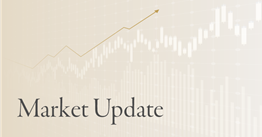Private Wealth Management
We understand that every client is unique. Customizing solutions with a firm commitment to responsiveness and action, our goal is to deliver exceptional service to you each and every time.
Get Started Today
Our brokerage services professionals welcome the opportunity to develop a customized wealth management solution.
-
Give us a call
Give us a call
Our professionals welcome the opportunity to develop a customized wealth solution.
-
Have us contact you
Have us contact you
If you prefer to have us reach out to you, complete the online form and we will be in touch.
-
Meet the team
Meet the team
Our team prides itself on management experience, stability and continuity.
ARE NOT FDIC INSURED │ARE NOT BANK GUARANTEED │ MAY LOSE VALUE









